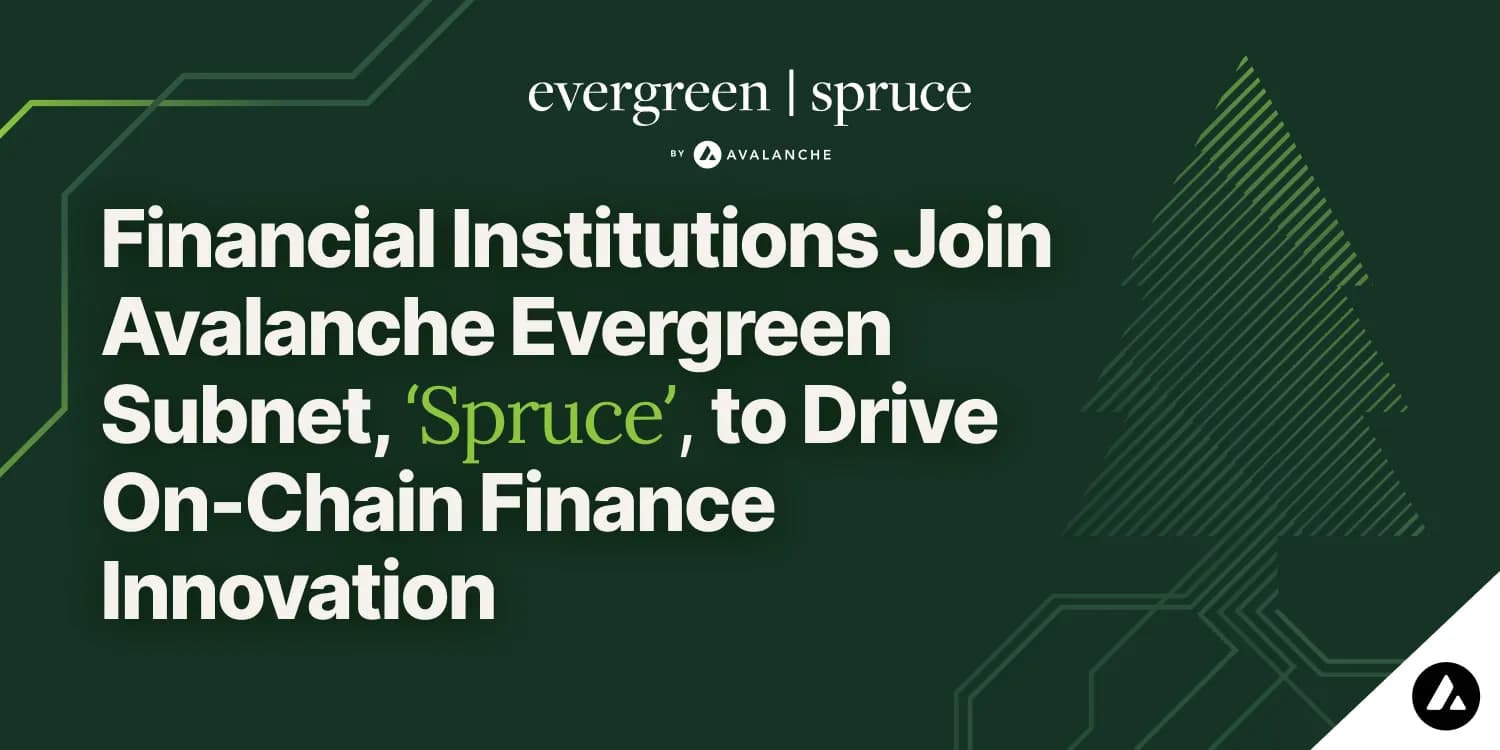Avalanche Bolsters Institutional Finance with Sub-Second Finality and Scalable Architecture

Avalanche, a prominent Layer-1 blockchain platform, is reinforcing its position as a foundational technology for institutional finance, emphasizing its capabilities for sub-second transaction finality and robust reliability at scale. The network's design, featuring a unique consensus mechanism and customizable subnet architecture, is attracting significant interest from major financial players seeking efficient and secure blockchain solutions.
The official Avalanche social media account recently stated, "Avalanche provides the foundational transaction and settlement layer with sub-second finality and reliability, purpose-built for institutional finance at scale." This highlights the platform's core strengths tailored for the demanding requirements of traditional financial markets. Its innovative Avalanche Consensus mechanism, which employs random subsampling and probabilistic consensus, allows transactions to achieve irreversible finality in under one second.
This rapid finality is a critical differentiator for institutional use cases, where swift and certain settlement is paramount. Unlike traditional systems that can take hours or days, Avalanche's speed enables real-time operations, reducing counterparty risk and enhancing liquidity management for high-frequency trading platforms and cross-border transactions. The platform boasts a throughput of over 4,500 transactions per second (TPS).
The network's architecture comprises three core blockchains—the X-Chain, P-Chain, and C-Chain—and supports the creation of "subnets," which are independent, customizable Layer-1 blockchains. These subnets allow institutions to build private or permissioned environments with tailored compliance frameworks, specific tokenomics, and custom gas fees, meeting stringent regulatory and operational needs. This flexibility has been a key factor in its adoption.
Leading financial institutions, including JP Morgan, Citi, BlackRock, VanEck, and Apollo, have engaged with Avalanche for various initiatives. These collaborations span real-world asset tokenization, interbank payments, and fund management, demonstrating a growing institutional confidence in Avalanche's ability to modernize financial infrastructure. The platform's Ethereum Virtual Machine (EVM) compatibility also eases the transition for developers from existing blockchain ecosystems.
Despite market fluctuations, Avalanche continues to focus on enterprise adoption, offering a secure, scalable, and cost-effective environment for decentralized applications. Its commitment to providing an "institutional-grade" foundation positions it as a significant player in the ongoing integration of blockchain technology into the global financial system.